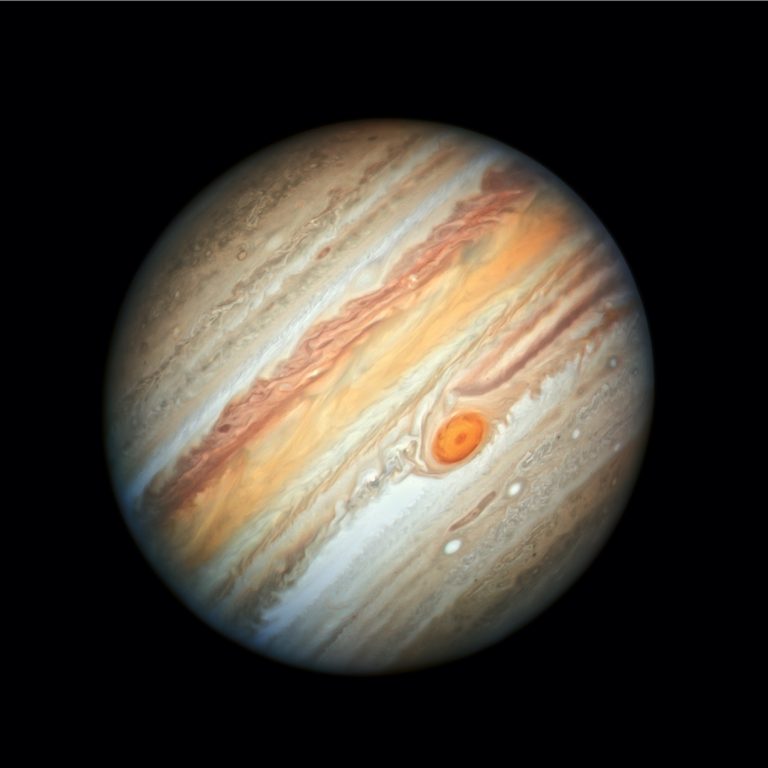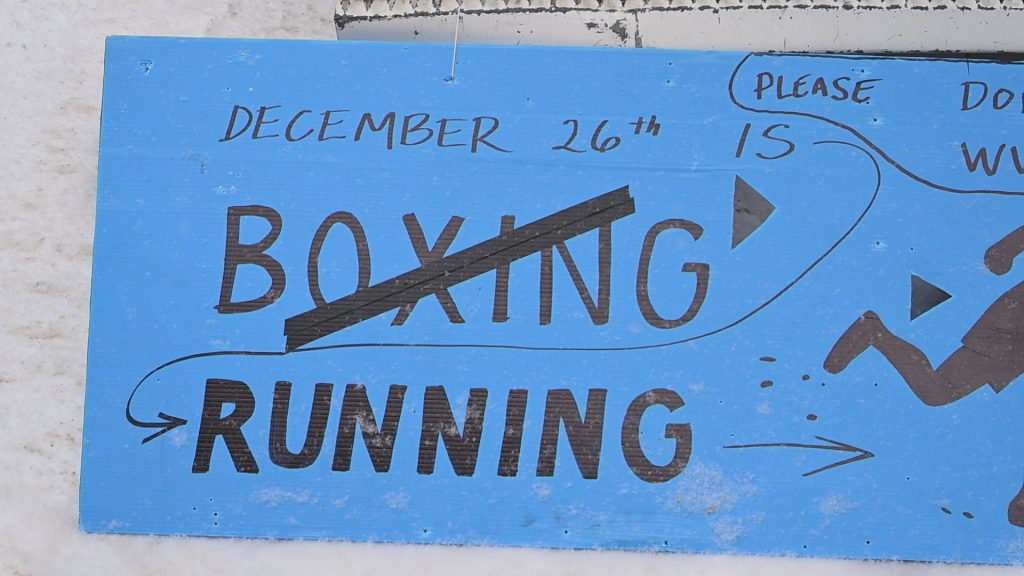Jupiter will still be very visible over next few days: astronomers

Posted September 27, 2022 5:53 pm.
Last Updated September 27, 2022 6:00 pm.
Did you miss out on seeing Jupiter Monday night due to bad weather or simply because you forgot to drag out a telescope? Don’t worry, because it will still be visible over the next few days.
While the gas giant was at its closest point to Earth in 59 years on Monday, NASA and other space experts say due to the positioning of Jupiter to the Earth and the Sun, it will remain visible for a couple of days.
“Jupiter is a highlight, and we haven’t had great views of it for the last number of years and finally it’s coming into a good spot,” said Scott Young, a planetarium astronomer at the Manitoba Museum.
Young adds over the next few days Jupiter will become so bright in the night sky you won’t even need a telescope to find it amongst the constellations.
“It’s unnaturally bright, people are seeing it and saying ‘what is that thing? I’ve never seen that before.’ Because in their lifetime, Jupiter has not looked this big.”
Tomorrow, an incredibly rare, once-in-a-lifetime astronomical event is happening! Jupiter will be its closest to Earth since 1963! Along with opposition, it’ll be SO bright, you’ll be able to see its bands and some moons just with binoculars!
This won’t happen again until 2129! pic.twitter.com/F3lD1Sknmo— Jasmine ???????? (@astro_jaz) September 25, 2022
Young says if you want to see more, grab a pair of binoculars, they will be enough to let you see some of Jupiter’s moons in orbit. And if you can look through a telescope you will be able to see details like the planet’s famous red spot, which is actually a hurricane-like storm that has existed on Jupiter for hundreds of years.
“It does show up, colour changes a bit. Sometimes you see it as orange or pink,” explained Curt Nason with the Royal Astronomical Society of Canada.
For best viewing with a telescope, Nason says to wait until Jupiter reaches its highest point in the sky, that will reduce blurriness caused by the Earth’s atmosphere, which is also what makes stars appear to twinkle.
“And if you see stars twinkling a lot, you can still look at Jupiter but if you have the telescope maybe you can’t use as much magnification because you are just magnifying that blur,” said Nason.
Mike Karakas, a member of the association of Lunar & Planetary Observers, expects over the next few days there will be many images of Jupiter being shared. These amateur images can help NASA plan orbital routes for space probes.
“It’s quite nice that an amateur with just modest equipment can actually contribute to helping professionals do their job,” said Karakas.
“If you observe Jupiter for a length of time, for a couple of hours on any given night, you will see the planet rotate and different features come into view.”
With a telescope you could also see Jupiter’s faint rings. They are far less visible than the famous rings of Saturn, but they should be observable at this close distance.
A camera aboard NASA's #DARTMission spacecraft caught this look at Jupiter and its four largest moons. ???? But it's not just sightseeing – engineers are testing the navigation system ahead of DART’s historic impact with a non-hazardous asteroid. More: https://t.co/YNCTgeRRZs pic.twitter.com/sOZdL3UTPp
— NASA Solar System (@NASASolarSystem) September 20, 2022








